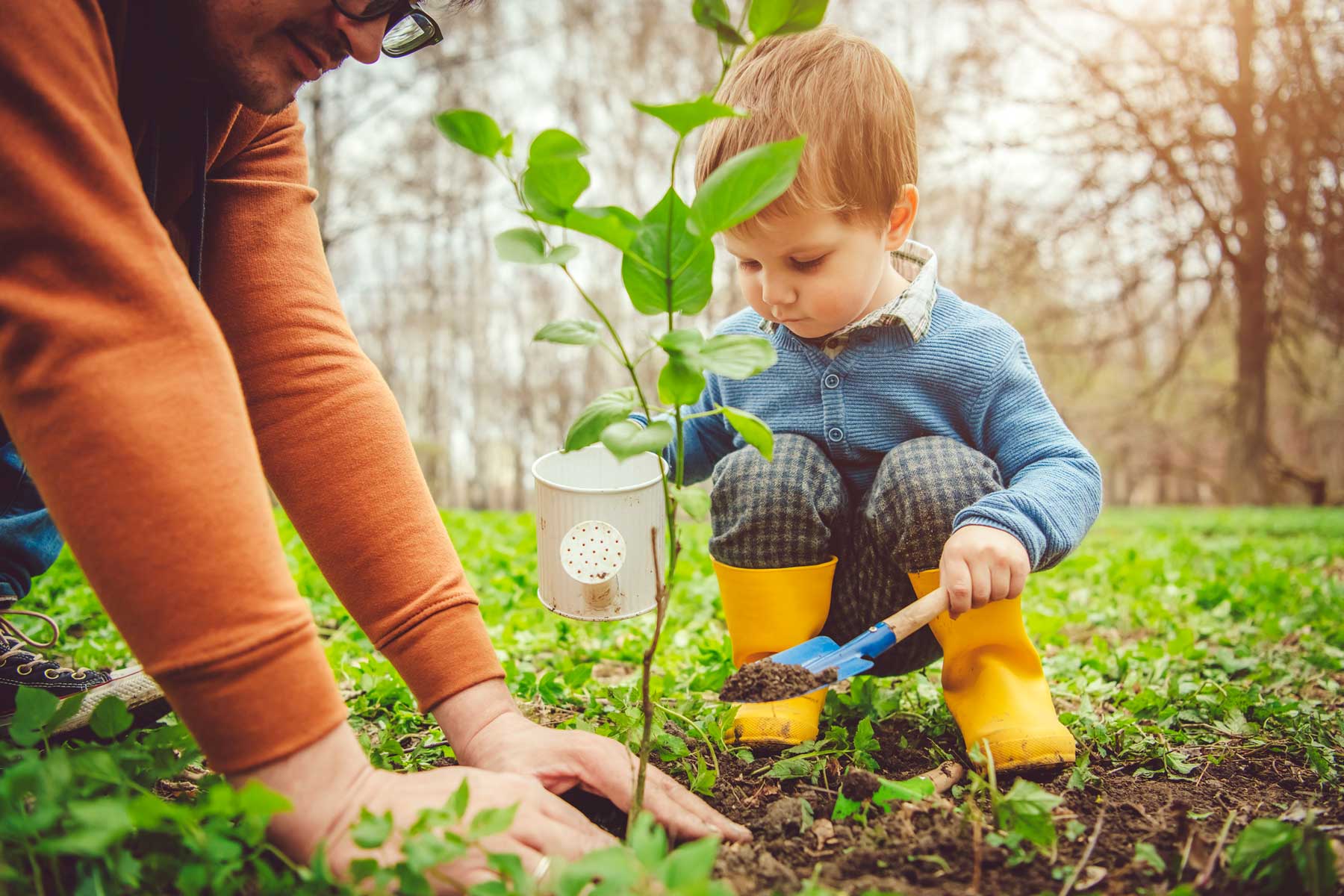Mixing Paint
In this lesson, children will use primary colors to create classroom paint sets while predicting and observing what happens when paint colors are mixed.
Content Area:
Physical Properties
Learning Goals:
This lesson will help toddlers and preschoolers meet the following educational standards:
- Explore the physical properties of objects
- Develop beginning skills in the use of scientific practices such as observing, asking questions, solving problems and drawing conclusions
Learning Targets:
After this lesson, toddlers and preschoolers should be more proficient at:
- Identifying, describing and comparing the physical properties of objects
- Experimenting with changes in matter when combined with other substances
- Expressing wonder and curiosity about their world by asking questions
- Generating explanations and communicating ideas and/or conclusions about their investigations

Mixing Paint
Lesson plan for toddlers/preschoolers
Step 1: Gather materials.
- Paint (yellow, red and blue–white and black optional)
- Mixing bowl
- Paint storage containers
- Paint brushes
Note: Small parts pose a choking hazard and are not appropriate for children age five or under. Be sure to choose lesson materials that meet safety requirements.
Step 2: Introduce activity.
- In a large group, explain to the children that we will be mixing paint today to create new colors out of yellow, red and blue.
- Invite the children to share what they already know about colors and what might happen if we mix them together.
- Ask the children predict what will happen if we mix two colors.
Step 3: Engage children in lesson activities.
- Separate the children into small groups and arrange the primary-color paints and mixing bowls so that the children can easily access and mix the paints.
- Invite the children to select two colors to mix and then ask them to predict will happen if we mix the two colors.
- Ask the children to pour and stir paints to test out their predictions.
- Extend these two colors, asking predictive questions such as “What will happen if we add more yellow than blue?” “What will happen if we add white or black?”
- Continue predicting and mixing colors based on the engagement of children.
- Have children pour the mixed paint colors into separate containers for future painting activities.
- After clean-up, assemble the children in a large group and ask them to share what they learned and report on the accuracy of their predictions. Ask questions about further colors that have not yet been mixed and ask the children to predict the outcomes.
Step 4: Vocabulary.
- Combine: To add materials together, resulting in a new, changed material
- Predict: To guess what might happen
- Experiment: To test out a prediction to find out if a prediction is correct or not
- Conclude: To make statements of what was learned after an observation or experiment
Step 5: Adapt lesson for toddlers or preschoolers.
Adapt Lesson for Toddlers
Toddlers may:
- Not yet have predictive language
- Want to use their hands to mix paints as a sensory activity
- Not yet know extensive color names beyond primary colors
Child care providers may:
- Use finger paints to allow children to mix with their hands
- Label color names and concepts as children engage in this mixing activity
- Focus on mixing two colors at a time (red and yellow on one day, blue and yellow on another day)
Adapt Lesson for Preschoolers
Preschoolers may:
- Be interested in mixing paints beyond primary colors
- Notice how colors mix and change during creative arts activities
- Engage in an extended project that involves color mixing
Child care providers may:
- Use secondary colors to mix or use white or black paints in different proportions to create shades of one color
- Have palettes (or egg cartons) available for children to mix their own individual paint sets before creating a painting
- Use a large canvas for a group painting project that is completed over time to show how colors change during the painting process
Suggested Books
- Mouse Paint by Ellen Stoll Walsh
- Little Blue and Little Yellow by Leo Lionni
- Pete the Cat: I Love My White Shoes by Eric Litwin
- I Ain’t Gonna Paint No More by Karen Beaumont
Music and Movement
Outdoor Connections
- Use butcher paper and colored water in spray bottles in an outdoor space
Comment on this lesson